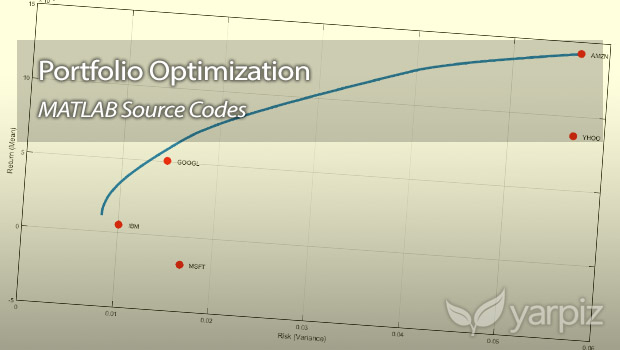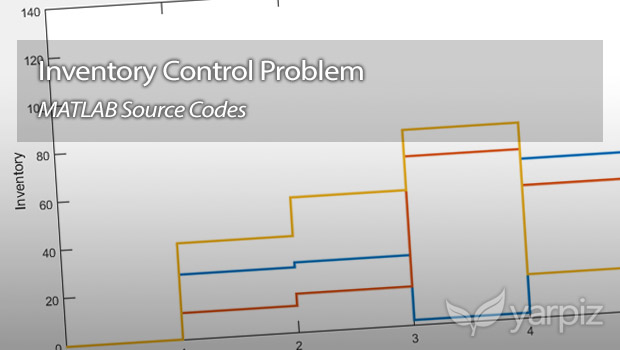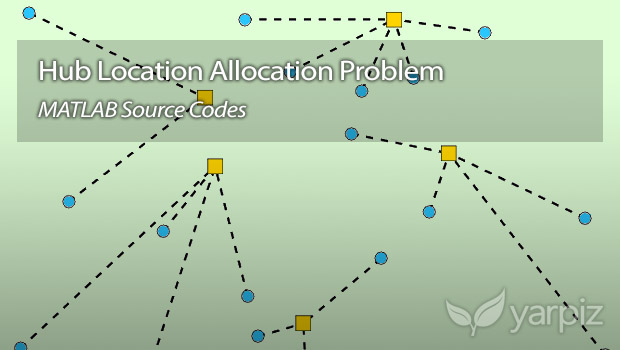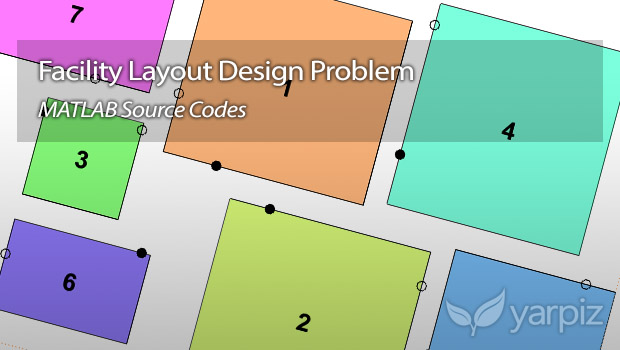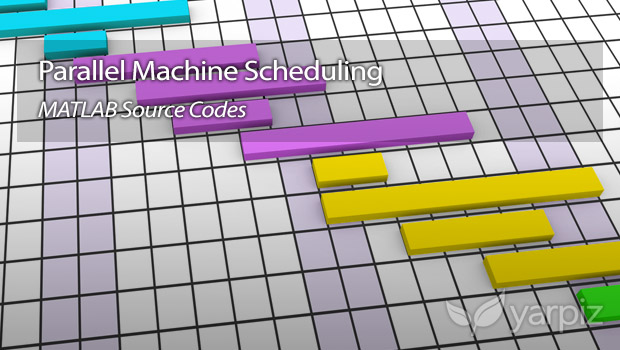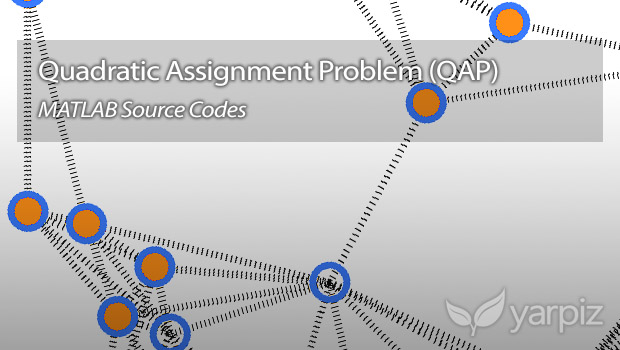Latest Posts
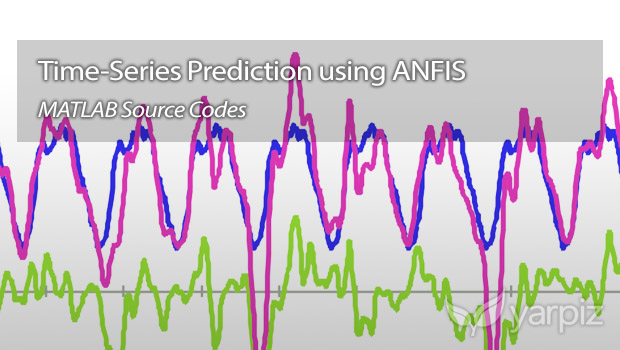
Time-Series Prediction using ANFIS in MATLAB
Previously, we have shared the implementation of ANFIS for nonlinear regression, in this link. Using the same implementation and converting the time-series modeling, to a function approximation problem, ANFIS is applied to the Time-Series Forecasting problem. The implemented approach, is used to build a model of and predict

Time-Series Prediction using GMDH in MATLAB
Time-series prediction can be assumed as a special case of nonlinear regression and function approximation. Hence, nonlinear regression approaches, like Artificial Neural Networks and Group Method of Data Handling (GMDH) can be applied to perform time-series forecasting problems. In this post, we are going to share with you,
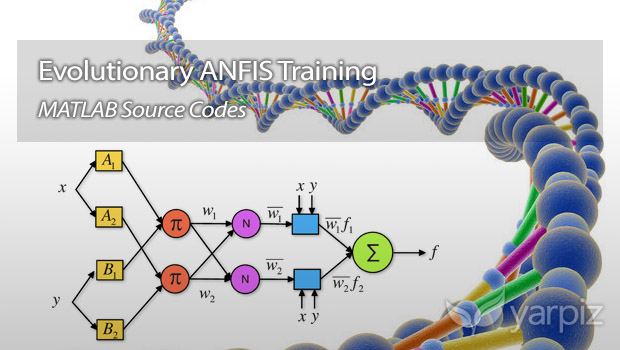
Evolutionary ANFIS Training in MATLAB
Training of an ANFIS structure is a special kind of optimization problem. So metaheuristics and evolutionary algorithms can be used to train (tune the parameters of) an ANFIS structure. In this post, we are going to share with you, the MATLAB implementation of the evolutionary ANFIS training. The

Artificial Bee Colony in MATLAB
Artificial Bee Colony (ABC) is a metaheuristic algorithm, inspired by foraging behavior of honey bee swarm, and proposed by Derviş Karaboğa, in 2005. It is a simple, yet powerful algorithm, and can be used to solve wide variety of practical and real-world optimization problems. For more information on
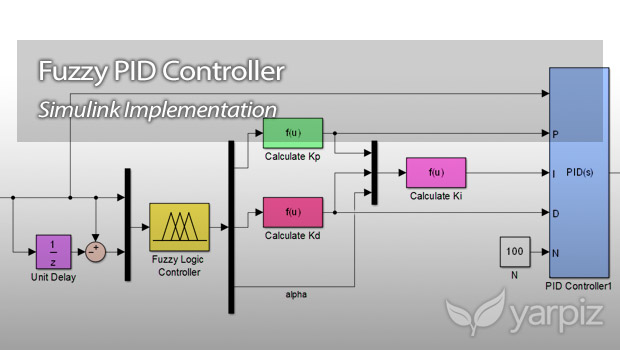
Fuzzy PID Controller in MATLAB and Simulink
An approach to tune the PID controller using Fuzzy Logic, is to use fuzzy gain scheduling, which is proposed by Zhao, in 1993, in this paper. In this post, we are going to share with you, a MATLAB/Simulink implementation of Fuzzy PID Controller, which uses the blocksets of

Feature Selection using Metaheuristics and EAs
Feature selection is one of common preprocessing tasks, which is performed to reduce the number of inputs of intelligent algorithms and models. This helps us to simplify the models, reduce the computation cost of model training, and enhance the generalization abilities of the model and prevention of over-training.

Nonlinear Regression using ANFIS
Adaptive Neuro-Fuzzy Inference System (ANFIS) is a combination of artificial neural network (ANN) and Takagi-Sugeno-type fuzzy system, and it is proposed by Jang, in 1993, in this paper. ANFIS inherits the benefits of both neural networks and fuzzy systems; so it is a powerful tool, for doing various
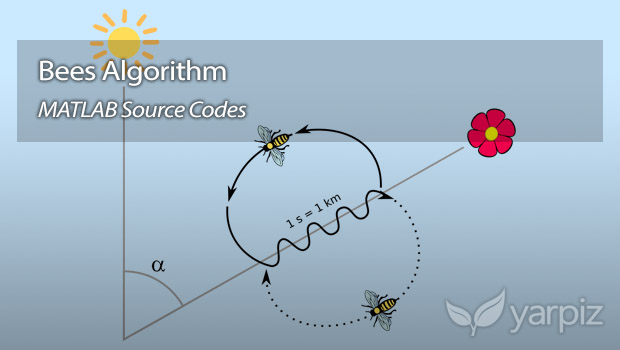
Bees Algorithm (BeA) in MATLAB
Bees Algorithm (BeA) is a metaheuristic optimization algorithm, inspired by food foraging behavior of honey bee colonies, and proposed by Pham et al., in 2005. In this algorithm, the mechanism of Waggle Dance is used to simulate the communication between bees. Better bees (solutions) have more opportunity to
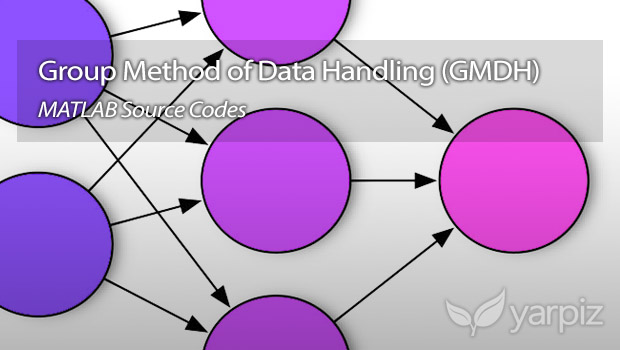
Group Method of Data Handling (GMDH) in MATLAB
Group Method of Data Handling (GMDH) is a family of mathematical modeling and nonlinear regression algorithms, which is originally proposed by Alexey Grigorevich Ivakhnenko, an Ukrainian scientist and mathematician, in 1968. This approach is also known as Polynomial Neural Network and can be assumed as a specific type

Firefly Algorithm (FA) in MATLAB
Firefly Algorithm (FA) is a metaheuristic algorithm for global optimization, which is inspired by flashing behavior of firefly insects. This algorithm is proposed by Xin-She Yang in 2008. Fireflies use the flashing behavior to attract other fireflies, usually for sending signals to opposite sex. However, in the mathematical
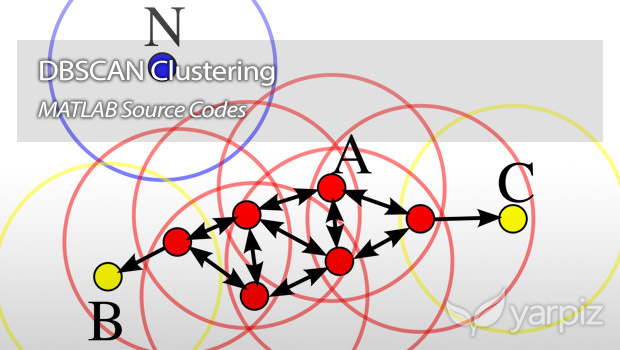
DBSCAN Clustering in MATLAB
Density-Based Spatial Clustering of Applications with Noise (DBSCAN) is a density-based clustering algorithm, proposed by Martin Ester et al., 1996. The algorithm finds neighbors of data points, within a circle of radius ε, and adds them into same cluster. For any neighbor point, which its ε-neighborhood contains a
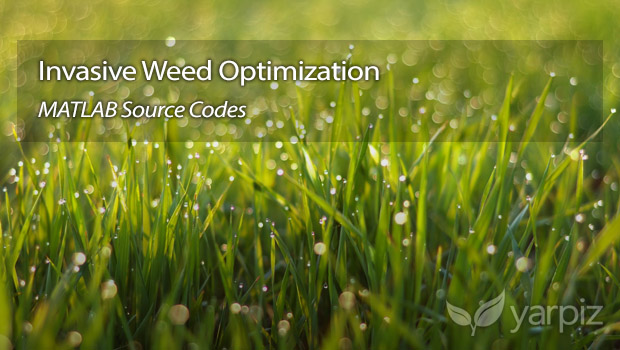
Invasive Weed Optimization (IWO) in MATLAB
Invasive Weed Optimization (IWO) is a nature-inspired metaheuristic, inspired by spreading strategy of weeds, and proposed by Alireza Mehrabian and Caro Lucas, in 2006. Based on the r/K Selection Theory, the artificial weeds (solutions) use the r-Selection strategy in the beginning of algorithms, and gradually they switch to
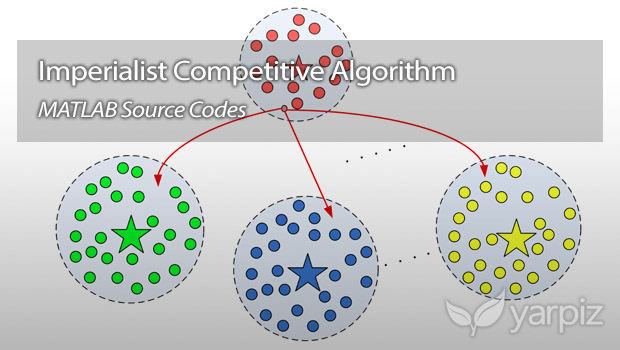
Imperialist Competitive Algorithm (ICA) in MATLAB
Imperialist Competitive Algorithm (ICA), also known as Colonial Competitive Algorithm (CCA), is a sociopolitical metaheuristics, inspired by historical colonization process and competition among imperialists, to capture more colonies. Set of countries (solutions) in ICA, is partitioned to form several Empires, which contains a single Imperialist and several other



